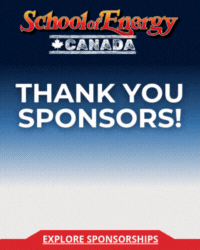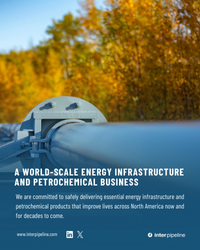Only a few short years ago the double punch of fuel efficiency and ethanol mandates had put U.S. gasoline demand on the ropes. But in the past year demand has jumped by 0.5 MMb/d (per data from the Energy Information Administration - EIA). This surge in demand – presumably driven by cheaper prices – has kept refineries running full pelt this summer. Today we discuss the fall and rise of gasoline demand.
U.S. gasoline is a complex product that refiners blend to meet local quality and regulatory specifications using a number of components from what is known as the gasoline blending pool. We’ll start this post with a recap of previous blogs on the various moving parts in the gasoline business that you can refer back to. We covered refinery processes to produce gasoline in our “Complex Refining 101 Part I and Part II” series. We covered the Reid Vapor Pressure (RVP) quality characteristic of gasoline in “Regulatory Gas Pressure Party”. RVP levels are mandated by the Environmental Protection Agency (EPA) and apply during the summer driving season. We’ve covered the production and use of the complex blending components called alkylate - that (among other qualities) helps refiners meet lower RVP mandates during summer months (see Skipping the Alkylate Fandango) - and reformate (see Don’t Fear the (Catalytic) Reformer). We covered the opposite quality of butane blended into gasoline during the winter months that increases RVP in “Wasted Away in Butaneville”. We have also covered the Renewable Fuels Standard (RFS) that requires refiners to blend ethanol into gasoline (see “The RIN and Stimpy Show – Crushing Pain and Mandate Madness”). We’ll talk more about ethanol in a minute. Then there are the regulations that mandate how much sulfur is allowed in gasoline (see The Tears of a Refiner). Aside from the various components and regulatory mandates of gasoline we have posted numerous blogs on the refining industry in general – covering for example the Gulf Coast gasoline and diesel export boom (see Baby You Can Drive My Exports) and recent booming refinery margins (see Fly Me to the Moon and Living With A Material Surge). Most recently we started a series on the refined product distribution system (see Refined, Piped Delivered). In this post we look at the recent turnaround in U.S. demand for gasoline – previously considered a market in perpetual decline.
Up until a couple of years ago most analysts had written off prospects for growth in gasoline production by refineries because of falling domestic demand since about 2005. Some of that decline in demand has been the result of greater efficiency in autos – a factor governed by yet another mandate - the federal Corporate Average Fuel Economy (CAFE) standards - under which auto companies have to reduce overall gas mileage in their new vehicle fleets. These regulations requiring more fuel efficient autos as well as some state sponsored culling of “clunkers” on the road reduced gasoline consumption. With higher gasoline prices and a Great Recession to contend with – consumers also purchased smaller cars and drove them less than in the past decade. These factors led to a 6.5% reduction in annual average demand for gasoline in the U.S. between 2007 and 2012. The chart in Figure #1 shows monthly data for domestic gasoline demand from the Energy Information Administration (EIA) over the past 8 years. The top (blue) line on the chart represents total U.S. demand for gasoline including blended ethanol. This number is an EIA estimate based on finished gasoline production – including all the blending components plus any net imports and change in inventory. As the green dashed trend line indicates - demand for gasoline has been falling long term.
Join Backstage Pass to Read Full Article









